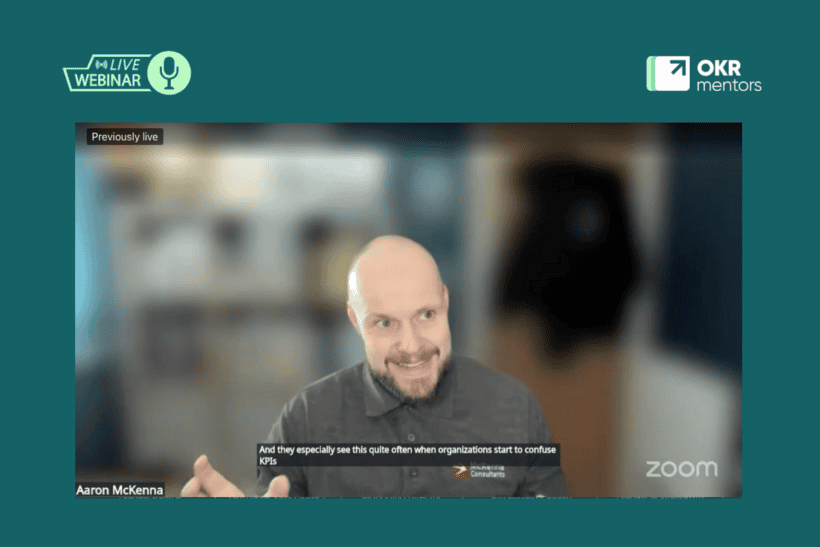If you have been planning and your implementations never seem to match your plans, you are not alone. No plan survives the battlefield. Fundmentally this tends to be because the underlying plan is flawed due to the Planning Fallacy. Anyone interested in this topic should read Why Plans Fail: Cognitive Bias, Decision Making And Your Business by Jim Benson.
Sources Of Bias Leading To The Planning Fallacy
The underlying errors identified by Jim included in the Planning Fallacy are:
- Precision Bias
- Discounting Variation
- Best Case Scenarios and the Mythical Man Month
- Overwork leads to Under-memorisation
- Context Switching
- Alleged Anomalies
- Good Will / Rosy Retrospective Syndrome
- Politics
Precision Bias is the irrational belief that estimates can be accurate despite the overwhelming evidence that most of the time they are not (also see http://en.wikipedia.org/wiki/Planning_fallacy).
Discounting Variation is a bias caused by ignoring the variation which occurs in any activity and giving a simple “precise” estimate for a piece of work.
Best Case Scenarios are estimates that are given based on “nothing going wrong”. Things always go wrong!
Overwork leading to under-memorisation has a variety of psychological causes. Lack of sleep impairs cognitive function and the ability to form medium and long-term memories. The Zeigarnik effect causes use to forget completed tasks (I am particularly prone to this!). There is also just being too plain busy to think! Instead of stopping, breathing and coming up with the smart solution, we plough on ahead and slog our way through unnecessary tasks.
Context Switching is difficult for me to accept (which is Expectation Bias!) as I feel that this is something I do efficiently. However, there is a lot of evidence that Context Switching comes at a high price (http://www.codinghorror.com/blog/2006/09/the-multi-tasking-myth.html).
Alleged Anomalies are the anomalies that happen every time in a task. More accurately, different anomalies seem to happen every time we try to accomplish a task. For example, this week someone was on holiday. The week before someone was off sick. The week before that my computer blew up.
Good Will is a result of everyone wanting to be good professionals and is generated by our enthusiasm. There is a tendency to believe in the rush of enthusiasm at the start of a project that everything will be okay this time and we won’t have those pesky anomalous problems that we have had on every other project.
Politics. Need I say anything about this???
How Is Bias Managed In Agile Projects?
The key to managing a lot of bias in the Agile Planning process is to use relative estimating. If we compare tasks based on size rather than trying to determine the absolute time a task will take, we factor out a lot of bias. Although, not always true, the amount of variation and anomaly seems to be reasonably consistent across tasks. In other words, my problems last week are different from my problems this week, but the magnitude of those problems is reasonably consistent.
Relative estimating therefore factors in the background noise of variation and anomalies, providing that the noise remains reasonable consistent throughout a project (it doesn’t have to be perfectly consistent – there is variation in variation!)
Agile Estimates are very coarse-grained. Some teams use T-Shirt sizes, some use the Fibonacci series. There is a fundamental acknowledgement that the estimate represents a range of estimates rather than a single, specific estimate.
Having a stable velocity that has been measured by the team gives a clear evidence base for estimating the future throughput of that team. Agile teams use their relative estimates and experience-based velocity to avoid becoming overloaded with work.
Finally, the use of a technique like Kanban prevents too much context switching as individuals focus only on a single task that they have in progress. Each team member has an Avatar that they attach to the job that they are doing. Since they only have one Avatar, they can only have one job in progress at a time!
Agile is not the silver bullet
Sadly, Agile is not the silver bullet that will solve all your problems. Even Agile systems can be subverted by those with enough will and not everyone believes (despite the evidence) that they have the cognitive bias described above.
Get in touch with our team to learn about range of Agile Services and Workshops to kick start your transformation.


